Ichiryu Yangsim (이치류양심)
17.7Km 2024-04-07
22, Hongsanbuk-ro, Wansan-gu, Jeonju-si, Région Jeonbuk
+82-63-228-8880
A place where you can enjoy various lamb dishes. The best menu at this restaurant is lamb chop. This Chinese (cuisine) restaurant is located in Jeonju-si, Jeollabuk-do.
Jungboni Jaengban Jjajang (중본이쟁반짜장)
17.8Km 2024-04-07
71, Gongbuk-ro, Wansan-gu, Jeonju-si, Région Jeonbuk
+82-63-271-2223
A place where you can enjoy various Chinese dishes. This Chinese (cuisine) restaurant is located in Jeonju-si, Jeollabuk-do. The representative menu is noodles in black bean sauce.
CHAIKING (차이킹)
17.8Km 2024-04-07
14, Hongsannam-ro, Wansan-gu, Jeonju-si, Région Jeonbuk
+82-63-222-9078
A place where you can enjoy various Chinese dishes. The best menu at this restaurant is spicy seafood noodle soup. This Chinese (cuisine) restaurant is located in Jeonju-si, Jeollabuk-do.
Marché Shin Jungang de Jeonju (전주 신중앙시장)
18.0Km 2025-08-12
70 Taepyeong 3-gil, Wansan-gu, Jeonju-si, Jeonbuk-do
063-253-6535
Le marché de Jungang est l’un des quatre grands marchés traditionnels de Jeonju. Les quatre marchés sont le marché de Nambu, le marché de Dongbu, le marché de Jungang et le marché de Moraenae. À l’entrée du marché de Jungang se trouve une allée dédiée aux gâteaux de riz (tteok), facilement accessible et très prisée pour son excellent rapport qualité-prix. On y trouve une grande variété de tteok, populaires aussi bien comme en-cas que comme cadeaux. L’ambiance animée propre aux marchés traditionnels et l’accueil chaleureux des commerçants font également tout le charme de ce lieu. Ce marché traditionnel de Jeonju est apprécié de longue date aussi bien par les habitants que par les visiteurs.
Oseongje Jeosuji (오성제 저수지)
18.0Km 2024-10-25
Région Jeonbuk, Wanju-gun, Soyang-myeon, Daeheung-ri
L'espace Oseongje Jeosuji désigne un espace de repos et de promenade à Wanju. Le lieu est réputé pour ses zones de photo mais aussi pour avoir servi de lieu de tournage pour le groupe BTS en 2019 (Summer Package).
Village des hanok Oseong (오성한옥마을)
18.3Km 2024-04-08
Région Jeonbuk, Wanju-gun, Soyang-myeon, Daeheung-ri
Le village des hanok Oseong, situé à Wanju abrite près de 200 maisons traditionnelles au milieu de plusieurs monts, zone qui abrite encore des résidences permanentes. Le lieu abrite également plusieurs petits cafés et des galeries d'artistes vous permettant d'effectuer des promenades relaxantes. Le lieu a servi également de lieu de tournage pour le groupe BTS lors du prgramme ‘BTS 2019 SUMMER PACKAGE’.
Awon Museum & Hotel (아원)
18.4Km 2024-10-25
516-7, Songgwangsuman-ro, Soyang-myeon, Wanju-gun, Jeonbuk
063-241-8195
Awon Museum & Hotel désigne une structure hanok avec une histoire de plus de deux siècles qui a été déplacé de Jinju dans la région Gyeongsangnam-do vers le village Oseong au pied du mont Jongnamsan à Wanju, région Jeonbuk.
Rue du cinéma à Jeonju (전주 영화의 거리)
18.4Km 2024-07-09
Gosa-dong, Wansan-gu, Jeonju-si, Jeongbuk
La rue du cinéma de Jeonju est le lieu qui accueille le Festival international du film de Jeonju, une rue reliée à la rue Gaeksa réputée pour le shopping dans l'ancien centre-ville de Jeonju.
Anciennes tombes d’Ipjeomni à Iksan (익산 입점리 고분)
18.5Km 2024-04-07
San 174-1, Ipjeom-ri, Ungpo-myeon, Iksan-si, Région Jeonbuk
+82-63-859-5875
Les anciennes tombes d’Ipjeomni à Iksan sont un groupe d’anciens tumuli datant de l’époque de Baekje, situé à 100 m au-dessus du niveau de la mer sur le front Nord-Est de la colline Chilmokjae à Ipjeom-ri, Iksan-si, Jeollabuk-do. Le terrain funéraire couvre une surface de plus de 18 520 m², et il est officiellement enregistré en tant que Site Historique n° 347. Jusqu’ici, un total de huit tumuli a été mis à jour, chacun d’entre eux étant une chambre funéraire.
Curieusement, les tombes ont été découvertes pour la première fois en 1986 par un lycéen. Alors qu’il était en train de creuser le sol pour chercher des dictames, un jeune homme du lycée local a trouvé des morceaux d’or ressemblant à un chapeau. Il l’a rapidement signalé aux autorités, et on a bientôt découvert que ces morceaux d’or étaient en réalité de précieux artefacts anciens. Une fouille d’urgence a été organisée, et les huit tumuli ont été mis à jour. Malheureusement, tous les tumuli à l’exception de la tombe n° 1 se sont révélés gravement endommagés. La tombe n° 1, restée en relativement bon état, possède une imposante entrée de 16 m de haut et 2 m de large.
A l’intérieur des tombes, les archéologues ont découvert de précieuses reliques de la dynastie Baekje, incluant des poteries, des bijoux (chapeau en bronze doré , boucles d’oreilles en or, billes de verre, etc), des harnais et des objets en fer. D’après la forme et les types de pièces découvertes, les historiens estiment que les tumuli ont été construits au Vème siècle. Comme la forme du chapeau de bronze doré est similaire à ceux que l’on a trouvés au Japon, les experts pensent qu’il y a eu des échanges intenses entre les gens de Baekje et les habitants du Japon.
Lime Hotel / 라임호텔
18.5Km 2025-03-18
13-3, Ajung 4-gil, Deokjin-gu, Jeonju-si, Région Jeonbuk
+82-63-242-7300
Lime Hotel is located in the vicinity of Eastern Jeonju IC, about 700 meters from the popular Ajung Lake Park. Modern, sophisticated interiors, and clean facilities are the hotel’s best features. Guest rooms include deluxe, premium, premium twin, lovely suite, modern suite, and body friend suite. All rooms have latex beds and 2 PCs, and they are cozy with birch interiors and gentle indirect lighting.
The lovely suite room features the elements of a hanok while the body friend suite room melts away the fatigue of travel with the finest massage chair and whirlpool bath. Breakfast is served from 7:00 am and breakfast room service is also available upon request.
It takes about 10 minutes to reach Jeonju Hanok Village, where Gyeonggijeon, and Jeondong Cathedral are located. Moreover, there are many other attractions such as Jeonju Zoo, Deokjin Park, Jeonju Hanji Museum, Jeonju National Museum, and Jeonbook Provincial Art Museum. While traveling to Jeonju, try various foods such as Jeonju bibimbap, bean sprout soup rice, rice wine, gamaek, makgeolli, and handmade beer. The southern market night market, filled with delicacies, is a very popular place these days. It is held every Friday and Saturday evening.
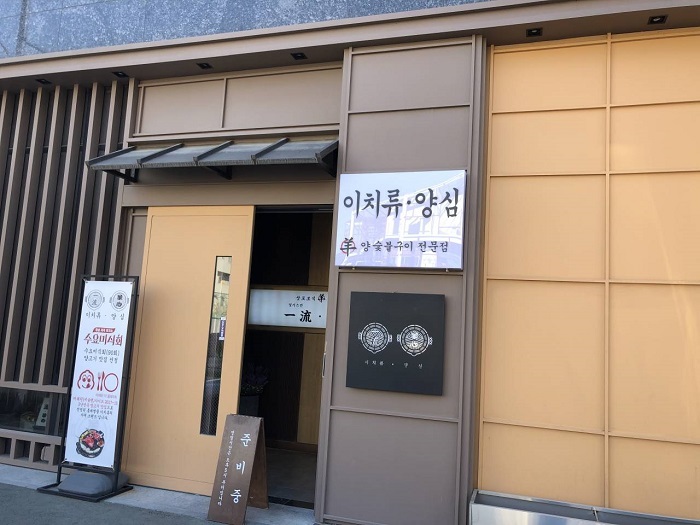
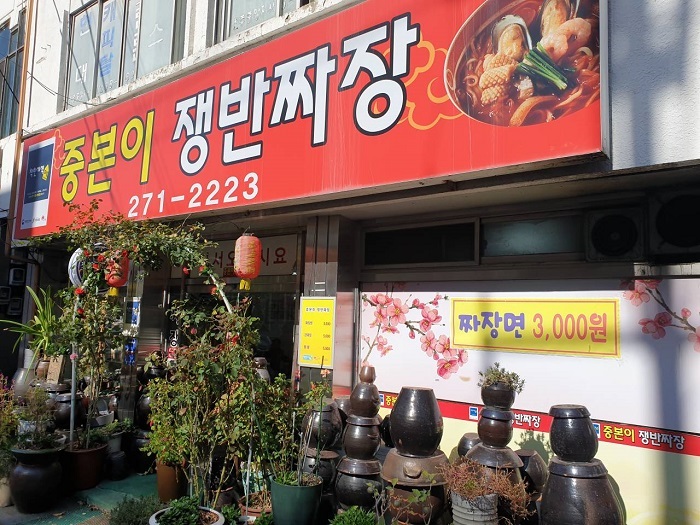
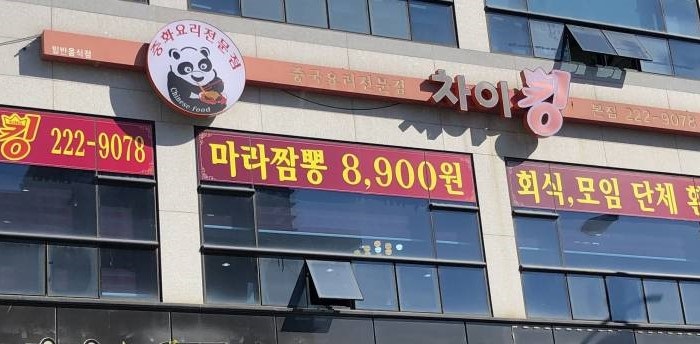

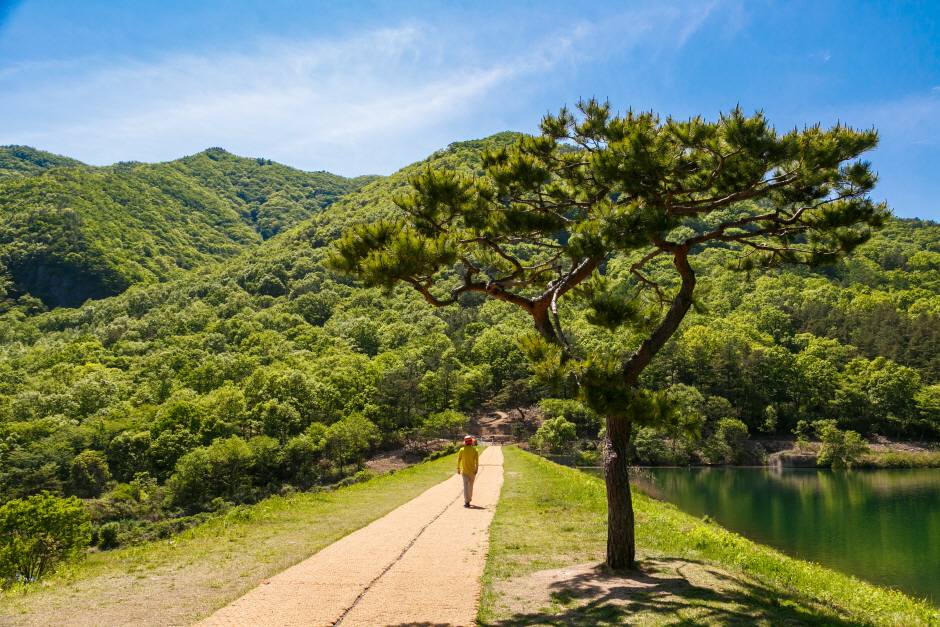
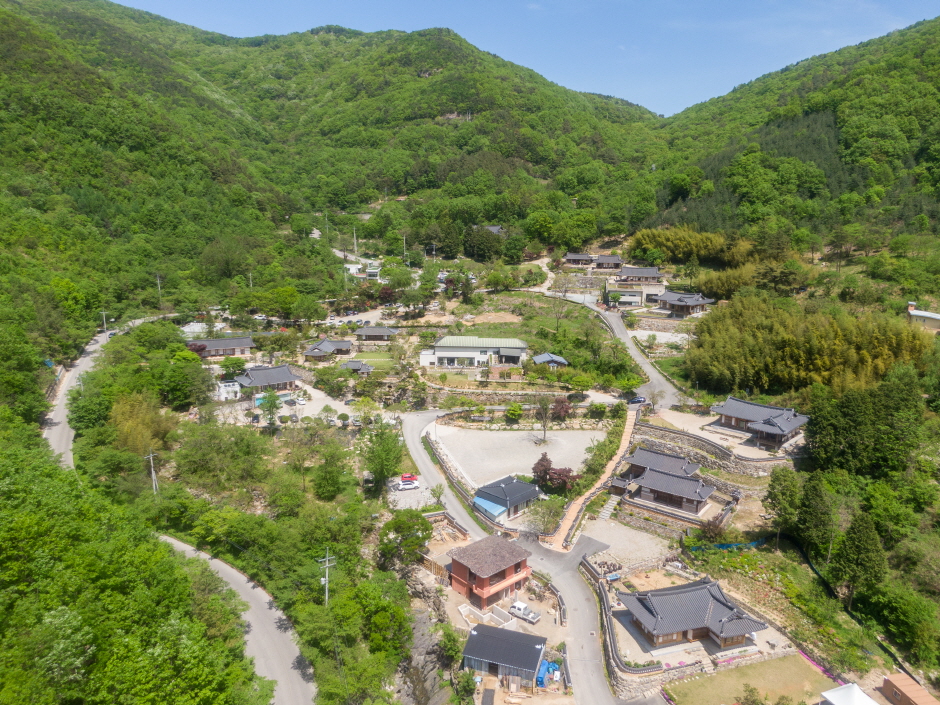
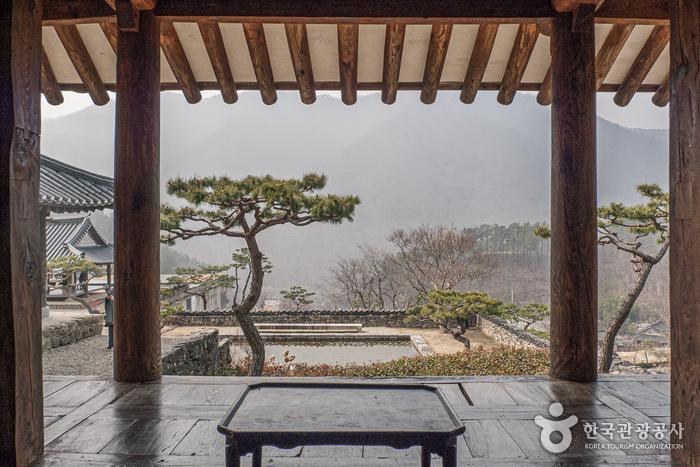
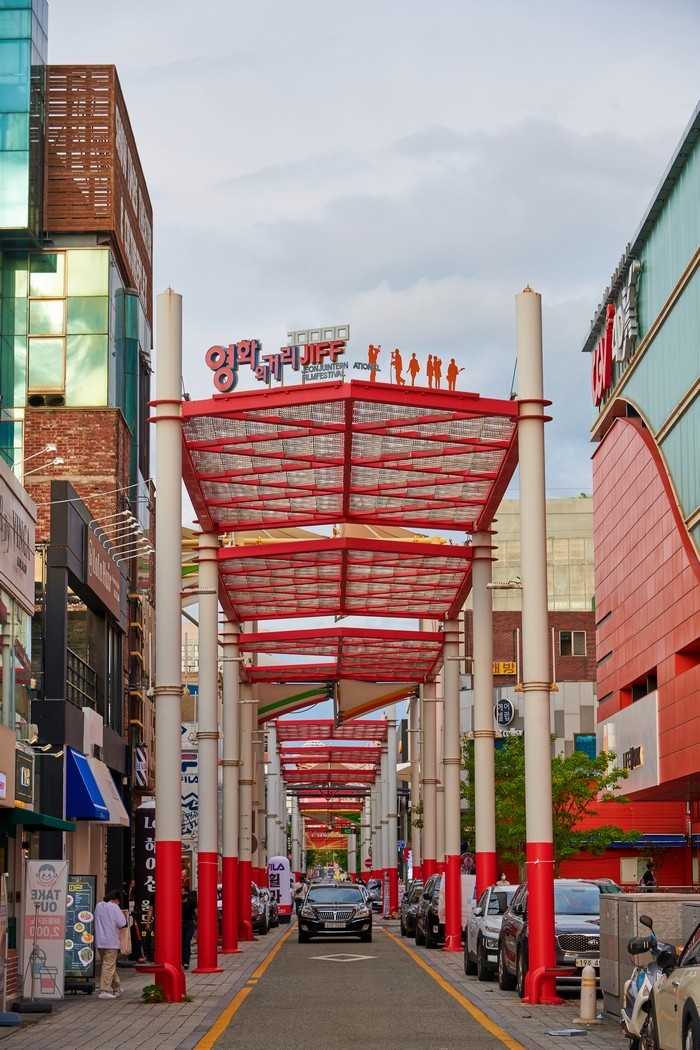
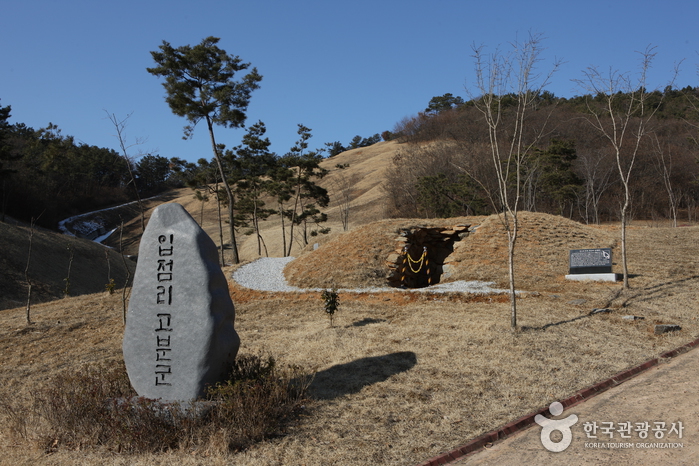
 Français
Français
 한국어
한국어 English
English 日本語
日本語 中文(简体)
中文(简体) Deutsch
Deutsch Español
Español Русский
Русский